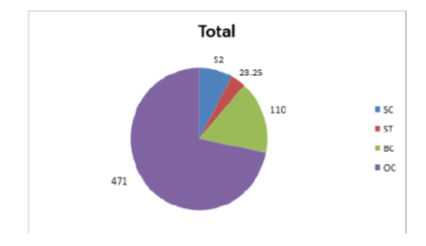
Geographical analysis
Department of Geography & GIS

Department of Geography & GIS

Geographical analysis
Year: 2019, Volume: 8, Issue: 2, Pages: 55-61
Original Article
N Chendrayudu1, G S Srinivasa Gopinath2
1Assistant Professor, Department of Geography, S.V.U, Tirupathi, 517501, India
2Assistant Professor, Department of BS& H, VLITS, Vadlamudi, 522213, India
Received Date:12 May 2019, Accepted Date:22 October 2019
Agriculture is the most important sector of Indian Economy. Indian agriculture sector accounts for 18 per cent of India’s gross domestic product (GDP) and provides employment to 50% of the countries workforce. India is the world’s largest producer of Pulses, Paddy, Wheat, Spices and spice products. Andhra Pradesh is with agriculture as a major source of income for about 60% of its population. In the last 70 years, the annual growth rate of agriculture has been 2.88%, which is far below the target growth of 4% per annum. Even today maximum percentage of land and water resource potentiality is under the hands of few farmers (Forward caste) followed by Backward caste farmers, where as Schedule caste and Schedule Tribes farmers are the marginalized agricultural social groups. This situation has caused the disparities among farmers agricultural land and irrigation water potentiality. The present paper examined intraregional disparities in agriculture land holdings and irrigation potentiality in Guntur District of Andhra Pradesh.
Keywords: Agriculture; Irrigation; Land distribution; Gross Domestic Product (GDP); Schedule Caste;
Schedule Tribes
© 2019 Chendrayudu & Gopinath. This is an open-access article distributed under the terms of the Creative Commons Attribution License, which permits unrestricted use, distribution, and reproduction in any medium provided the original author and source are credited.
Published By Bangalore University, Bengaluru, Karnataka
Subscribe now for latest articles and news.